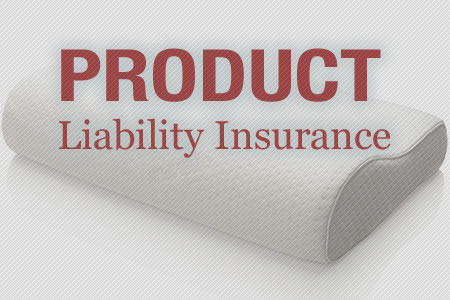Injuries are not only sustained in common personal injury accidents such as car crashes and slip and fall mishaps inside someone else’s property. Injuries and other damages may also be incurred when using a defective product. When this happen, injured individuals may file product liability claims to potential liable parties. As it is, product liability refers to the responsibility of a certain entity in-charge of the production of certain goods for any harm a defective product caused. A claim usually arises when a product, which should always meet the consumer’s expectations, has an unforeseen defect or danger.
In a typical product liability claim, the entities that are part of the chain of distribution of the  defective product, from the manufacturer, retailer, supplier, to the wholesaler or distributor, may be held liable for the injuries and other damages incurred by an injured victim. However, determining who the responsible parties in the claim are can be complex. Product liability claims involve a wide range of products, from motor vehicles such as cars, medical devices, pharmaceutical drugs, products for infants and children, and handheld equipment, to name a few. However, claims of injury and damages caused by defective products can be categorized into three types. These are the following:
defective product, from the manufacturer, retailer, supplier, to the wholesaler or distributor, may be held liable for the injuries and other damages incurred by an injured victim. However, determining who the responsible parties in the claim are can be complex. Product liability claims involve a wide range of products, from motor vehicles such as cars, medical devices, pharmaceutical drugs, products for infants and children, and handheld equipment, to name a few. However, claims of injury and damages caused by defective products can be categorized into three types. These are the following:
- Manufacturing defect claim. This stems from a mistake made during the manufacturing phase of the product. The product failed certain standards of safety, but was included in the distribution anyway along with the other similar ones that were not defective, thus increasing the likelihood of an injury to the consumer.
- Design defect claim. This stems from a product that is unreasonably dangerous despite the fact that it was manufactured according to the right specifications. There are instances in which the design of a certain product may have subtle flaws that may increase the consumer’s likelihood of getting injured.
- Failure- to-warn claim. This stems from a product that lacked warnings or instructions for its proper usage. Such a claim usually involves a product which is not known to be obviously dangerous to the consumer, or requires the consumer to exercise due diligence when using it.
Consulting a legal professional or product and public liability insurance expert is imperative in helping determine what type of product liability claim the victim has. The legal counsel can also help pursue the interest of the injured individual, preserving valuable pieces of evidence to further establish proof of negligence on the any of those involved in the chain of distribution of the defective product. Basically, the claim must show that the product was defective, was using it as it was intended, and the defect resulted in the person’s injuries and incurred losses. Usually, product liability claimants are entitled compensatory damages, which are divided into two: economic and non-economic losses. Compensation for the victim’s economic losses would cover for his or her incurred medical bills and future medical care, lost wages and future income, and damaged and/or lost property. Meanwhile, compensation for the victim’s non-economic losses would cover for his or her pain, suffering, anguish, and loss of ability to perform basic life activities, as well as loss of companionship and emotional support from family.
If you own a business that deals with consumer products, you would want to have solid product and public liability insurance. Your insurance company will tell you the terms and conditions related to your insurance. In relation to this, it is important that when you are shopping for liability insurance, make sure to compare and contrast the offers of various insurance firms to determine which one has the most extensive coverage that will suit your nature of business.


